Search for cities, countries, lakes and rivers
Argentina
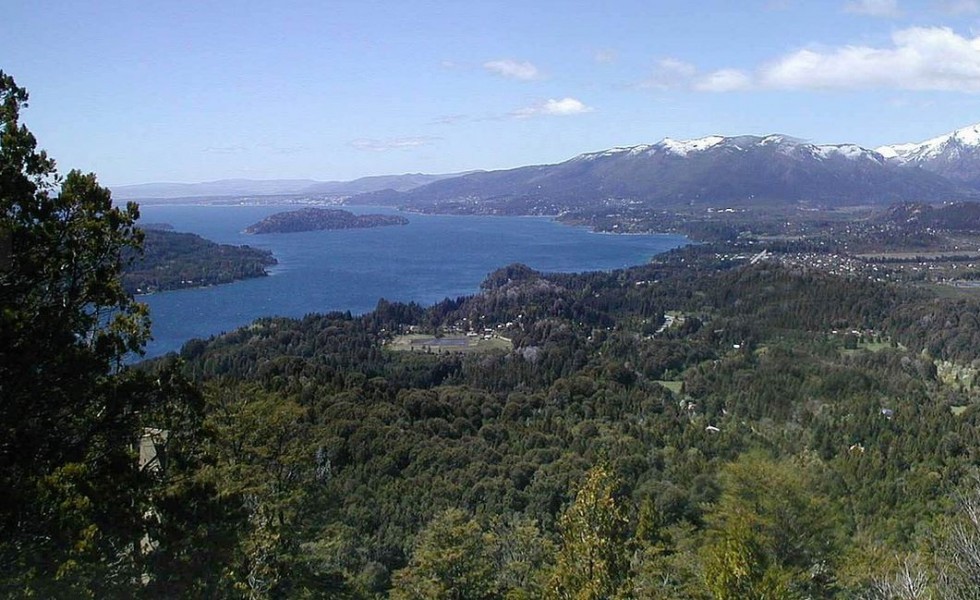
Argentina, Río Negro Province © wikimedia.org
Argentina Sea Temperature
This page provides detailed information about the water temperature in Argentina. All countries, cities and resorts on the coast. The range of sea temperatures for today. We find every spot where you can swim and tell you what the water temperature is there today and throughout the year.
Current Sea Temperature
6.4°C
minimal
14.1°C
average
19.8°C
maximum
Graph of Sea Temperature Changes in Argentina Over the Last 60 Days
The Warmest Places on the Seaside in Argentina Today
The Most Popular Seaside Resorts in Argentina
Seas and Oceans that Border Argentina
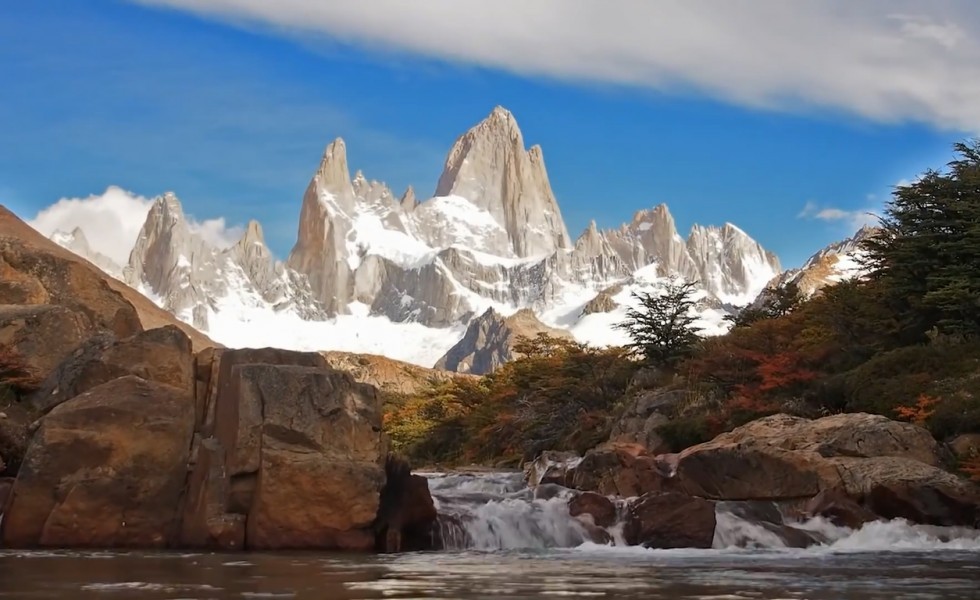
Argentina, Santa Cruz Province © By Chreownl
Argentina: List of Regions
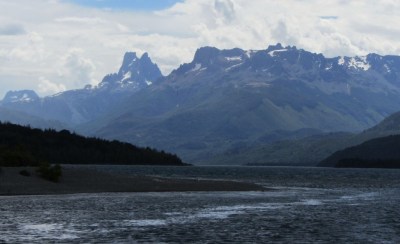
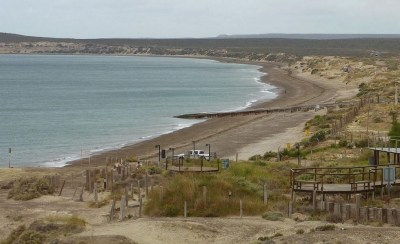
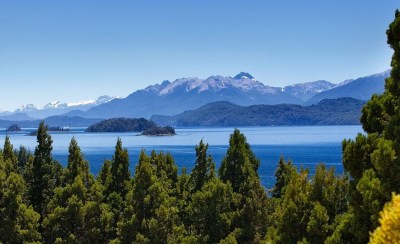
Water Temperature in Argentina: General Trends and Swimming Opportunities
Argentina, with its long coastline along the South Atlantic Ocean, offers several coastal areas for swimming and beach activities. The water temperatures, however, vary considerably depending on the region and the season. On the eastern coast, the most popular beach destinations are found in cities like Mar del Plata and Pinamar, where the Atlantic Ocean’s water temperature during the summer months (December to February) ranges from 22°C to 26°C (72°F to 79°F). These mild temperatures make for comfortable swimming conditions, attracting both locals and tourists to Argentina’s beaches. The summer months offer the best time for swimming, with water conditions being more favorable.
Further south, along the Patagonian coast, the waters become significantly colder. In cities like Ushuaia and Puerto Madryn, water temperatures rarely exceed 10°C to 12°C (50°F to 54°F), even during the summer. These colder waters make swimming less appealing in these regions, though they are popular for wildlife viewing, particularly for observing marine life such as penguins, whales, and seals. The cold waters of the southern regions are also influenced by the strong winds and currents of the Southern Ocean, making the conditions harsher for swimming.
In addition to the Atlantic coast, Argentina has numerous lakes in the Andes mountains and the Patagonia region, such as Lake Nahuel Huapi and Lake Argentino. These freshwater lakes tend to have cooler water temperatures, but during the summer months, they offer refreshing swimming opportunities, with water temperatures ranging from 15°C to 20°C (59°F to 68°F). Overall, Argentina’s beaches and lakes provide a diverse range of swimming experiences, from warm coastal waters in the north to cool, serene lakes in the south.
General Information and Geographical Location of Argentina
Original name of the country: República Argentina
Argentina is located in South America. The country is washed by the Argentinean Sea. Argentina - has a fairly long coastline. To determine the temperature of the water in it, we track 16 settlements and resorts. Link to Google Maps.
Argentina Weather
Argentina has a highly diverse climate due to its vast size and varying geography, ranging from subtropical in the north to subpolar in the south. In the northern regions, summers can be extremely hot, with temperatures often exceeding 100°F (38°C), while winters remain mild, rarely dropping below 50°F (10°C). Central Argentina, including Buenos Aires, experiences a temperate climate with warm summers reaching around 85°F (29°C) and cooler winters averaging around 45°F (7°C). The Pampas region, known for its agriculture, sees moderate rainfall throughout the year, supporting fertile lands.
In the southern part of Argentina, particularly in Patagonia, the climate becomes much colder and windier. Summers are cool, typically staying around 60°F (16°C), while winters can be harsh, with temperatures dropping below 32°F (0°C), especially in the mountainous areas. The Andes Mountains influence weather patterns significantly, creating rain shadows and arid regions in western Argentina. Coastal areas along the Atlantic experience oceanic influences, with milder winters and cooler summers. Due to this variety, Argentina is home to everything from lush rainforests to dry deserts and icy glaciers, making it one of the most climatically diverse countries in the world.
Frequently Asked Questions About Argentina and its Water Temperatures
What is the sea temperature today on the coast of Argentina?
The sea temperature today on the coast of Argentina ranges from from 44°F (6.4°C) in Rio Gallegos to 68°F (19.8°C) in Atalaya.
Which seas and oceans border Argentina?
Argentina is bordered only by the Argentinean Sea.
How long is the coastline in Argentina?
According to The World Factbook, the length of Argentina's coastline is 3,100 miles (4,989 km), while the World Resources Institute estimates it at 5,217 miles (8,397 km).
What is the best time for swimming and beach holidays on the coast of Argentina?
In Argentina, the average monthly sea temperature does not rise above 68 degrees Fahrenheit (20 degrees Celsius) in any month of the year. But the highest water temperature occurs in February and reaches 82 degrees Fahrenheit (28 degrees Celsius).
What is the sea temperature history in Argentina?
Here are the ranges of sea temperatures in Argentina by month based on historical data: in January from 46°F (8°C) to 82°F (28°C), in February from 48°F (9°C) to 82°F (28°C), in March from 46°F (8°C) to 80°F (27°C), in April from 42°F (6°C) to 77°F (25°C), in May from 41°F (5°C) to 69°F (21°C), in June from 37°F (3°C) to 64°F (18°C), in July from 35°F (2°C) to 59°F (15°C), in August from 35°F (2°C) to 59°F (15°C), in September from 35°F (2°C) to 64°F (18°C), in October from 35°F (2°C) to 71°F (22°C), in November from 39°F (4°C) to 77°F (25°C), in December from 42°F (6°C) to 80°F (27°C).
